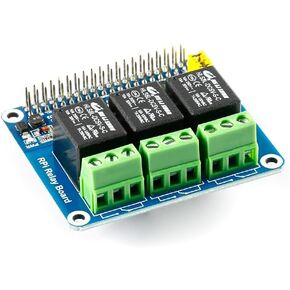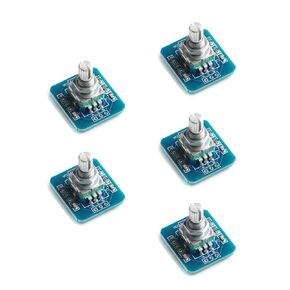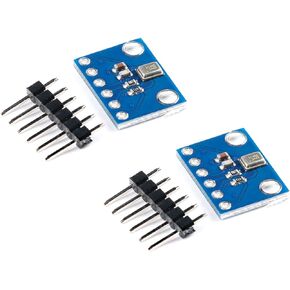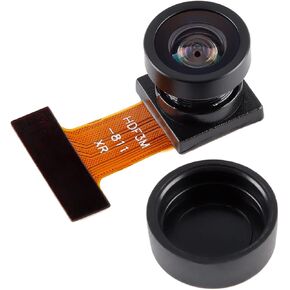- Shopping, made easy.
- /
- Get the app!
Core: ARM 32-bit cortex- M3 CPU
− maximum 72mhz operating frequency
− single cycle multiplication and hardware division storage
− from 64K or 128K bytes of flash program memory
− SRAM up to 20K bytes
Clock, reset and power management
− 2.0 ~ 3.6 V supply and I/O pin
− power on / power off reset (por/pdr), programmable voltage monitor (PVD)
− 4 ~ 16mhz crystal oscillator
− embedded factory adjusted 8MHz RC oscillator
− embedded 40KHz RC oscillator with calibration
− PLL generating CPU clock
− 32kHz RTC oscillator with calibration function
Low power consumption
− sleep, shutdown and standby modes
− V bat supplies power to RTC and backup registers
Two 12 bit analog-to-digital converters with 1US conversion time (up to 16)
− conversion range: 0 to 3.6V
− dual sample and hold function
− temperature sensor
DMA :
7-channel DMA controller
supported peripherals: timer, ADC, SPI, I2C and USART
Up to 80 fast I/O ports
26/37/51/80 I/O ports, all I/O ports can be mapped to 16 external interrupts; Almost all ports can tolerate 5V signals
Debug mode
serial single line commissioning (SWD) and JTAG interface
Up to 7 timers
three 16 bit timers, each with up to four for channel and delta encoder inputs for input capture / output compare /pwm or pulse count one 16 bit PWM advanced control timer with dead band control and emergency braking for motor control
2 Watchdog Timers (independent and window type)
system time timer: 24 bit self decreasing counter
Up to 9 communication interfaces
Up to 2 I2C interfaces (smbus/pmbus support)
Up to 3 USART interfaces (support ISO7816 interface, Lin, IrDA
interface and modulation and demodulation control)
Up to 2 SPI interfaces (18m bit / s)
can interface (2.0B active)
USB 2.0 full speed interface
Lcrc computing unit, 96 bit chip unique code

 JESSINIE Waveshare Raspberry Pi Relay Module HAT Expansion Board Three Channel (3-CH) Power Relay Module for Raspberry Pi 4B/3B+/3B/2B/A+/B+ for Smart Home
KWD 4
JESSINIE Waveshare Raspberry Pi Relay Module HAT Expansion Board Three Channel (3-CH) Power Relay Module for Raspberry Pi 4B/3B+/3B/2B/A+/B+ for Smart Home
KWD 4
 JESSINIE 5Pcs EC11 360 Degree Rotary Encoder Module Coding Encoding Module for Arduino
KWD 4.500
JESSINIE 5Pcs EC11 360 Degree Rotary Encoder Module Coding Encoding Module for Arduino
KWD 4.500
 2Pcs SPH0645 Digital Microphone Sensor Module SPH0645LM4H Low Power Sound Microphone 1.6-3.6V Sound Detector Module Board 24 bits I2S Interface MEMS with Cable for Arduino Raspberry Pi
KWD 6.500
2Pcs SPH0645 Digital Microphone Sensor Module SPH0645LM4H Low Power Sound Microphone 1.6-3.6V Sound Detector Module Board 24 bits I2S Interface MEMS with Cable for Arduino Raspberry Pi
KWD 6.500
 -11%
OV2640 Camera Module 200W Pixel Large Wide Angle 140 Degree Monitoring Identification Cam Module 2MP CMOS Mini Camera 24P Connector Support JPEG Output
KWD 4
-11%
OV2640 Camera Module 200W Pixel Large Wide Angle 140 Degree Monitoring Identification Cam Module 2MP CMOS Mini Camera 24P Connector Support JPEG Output
KWD 4